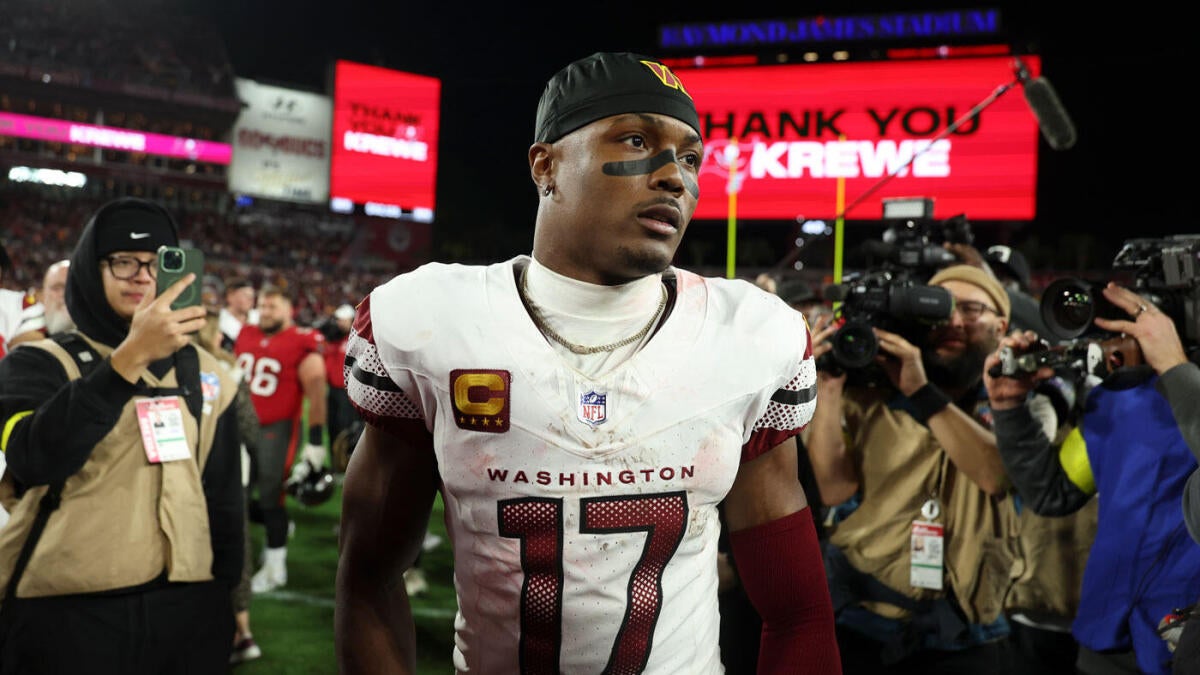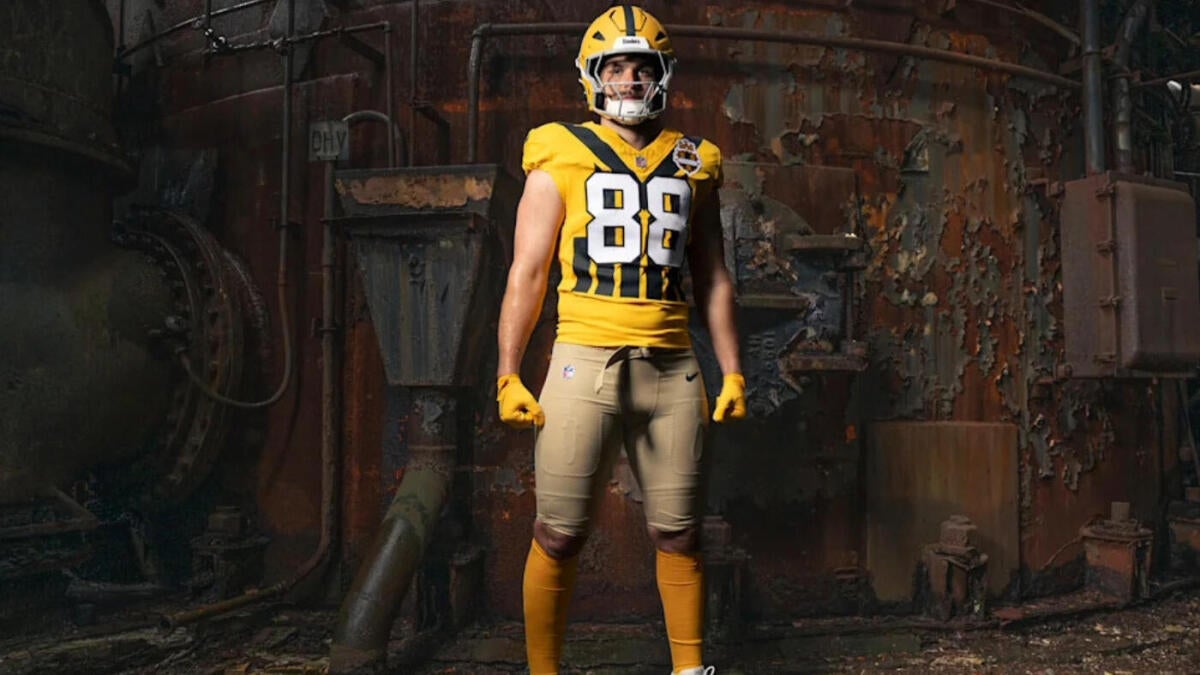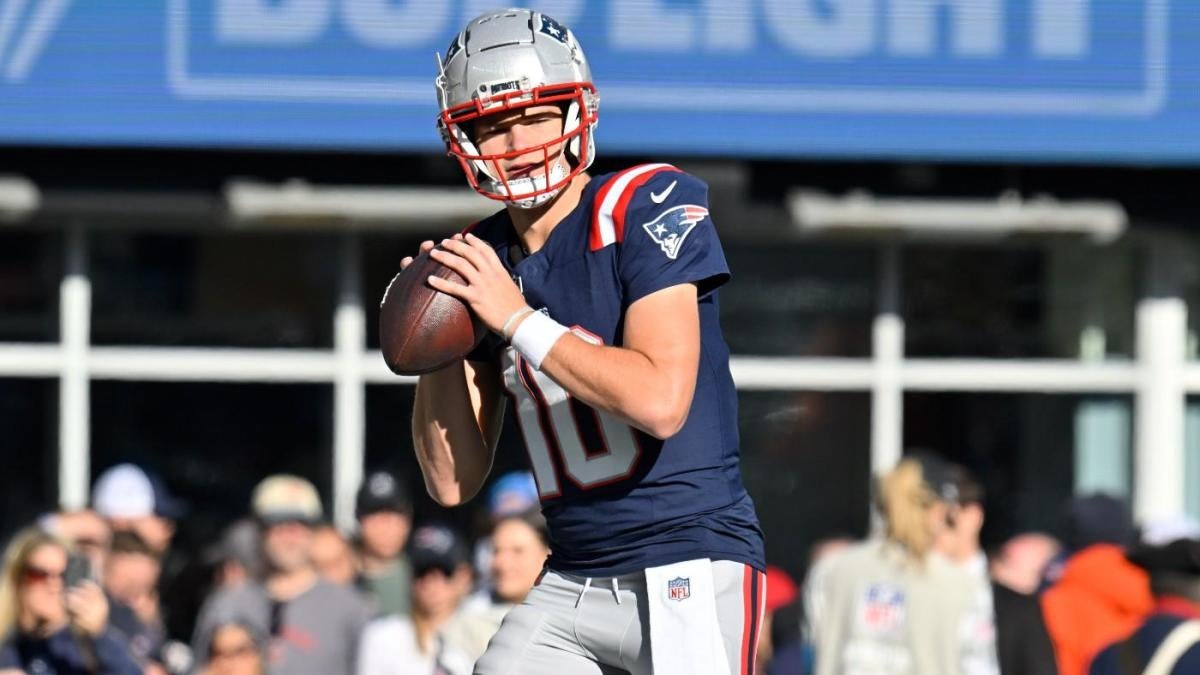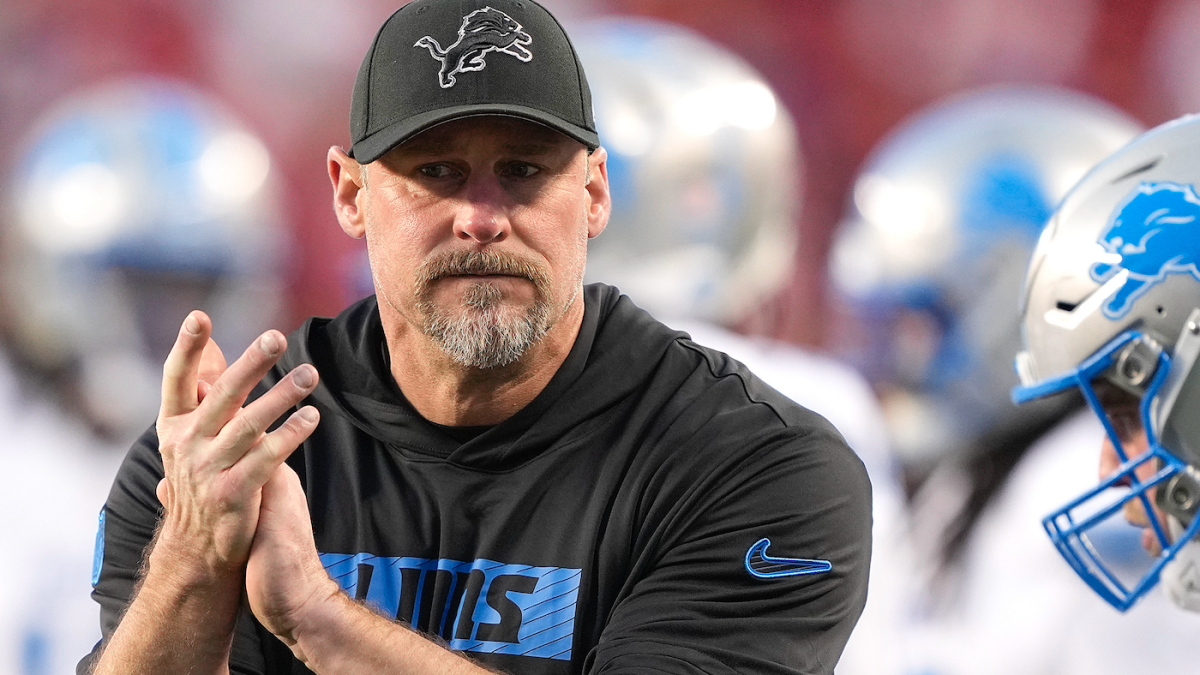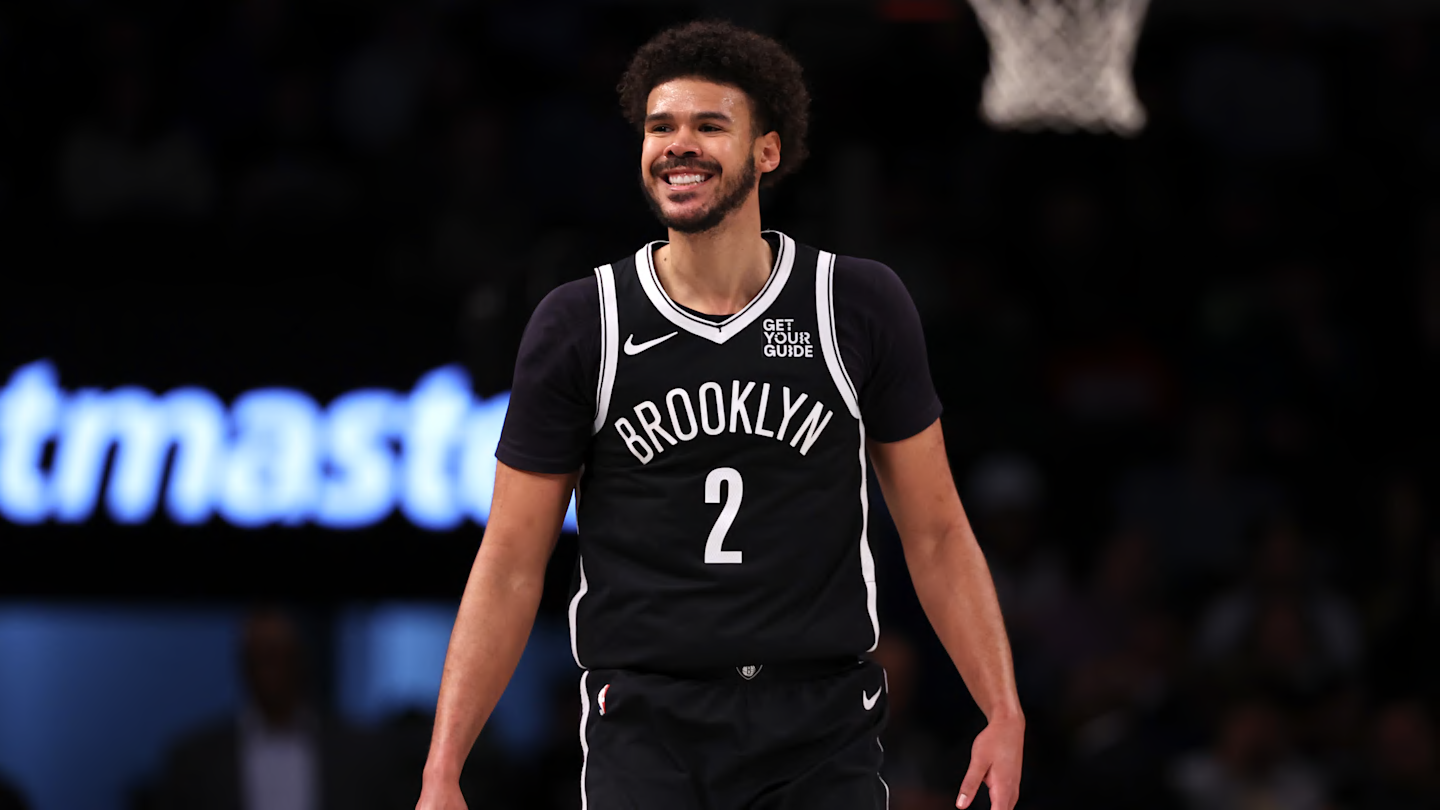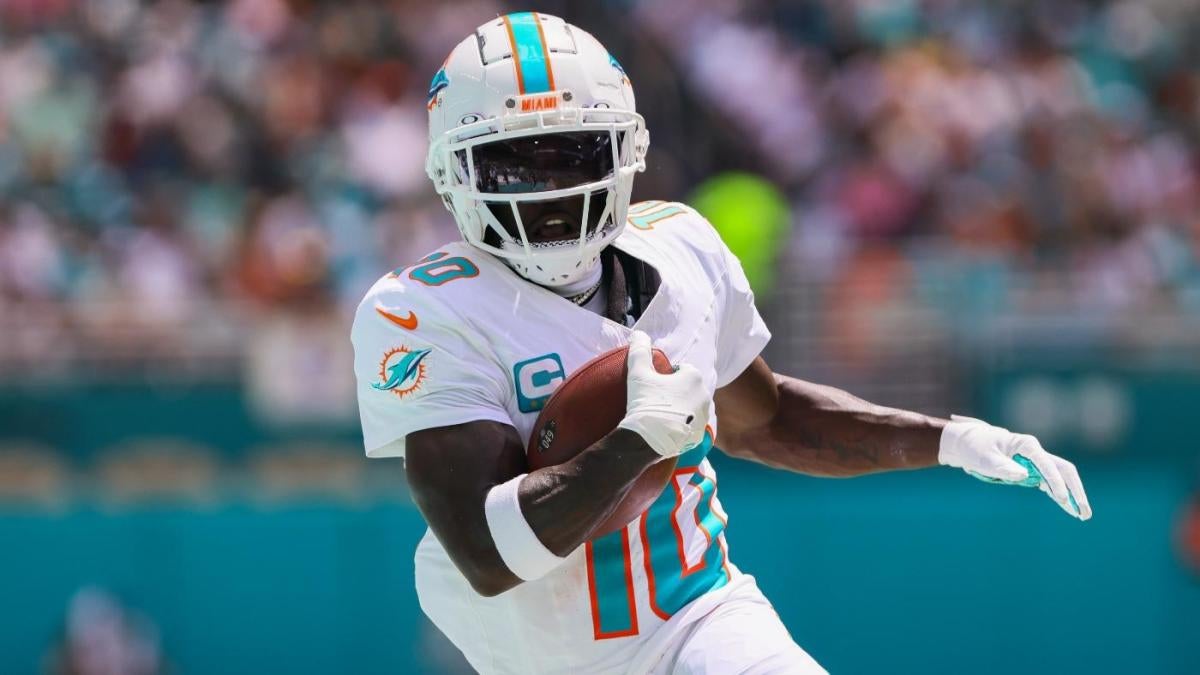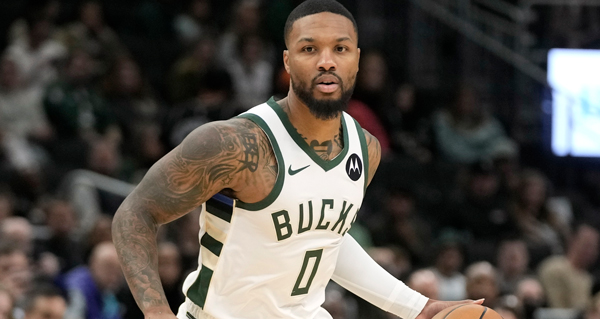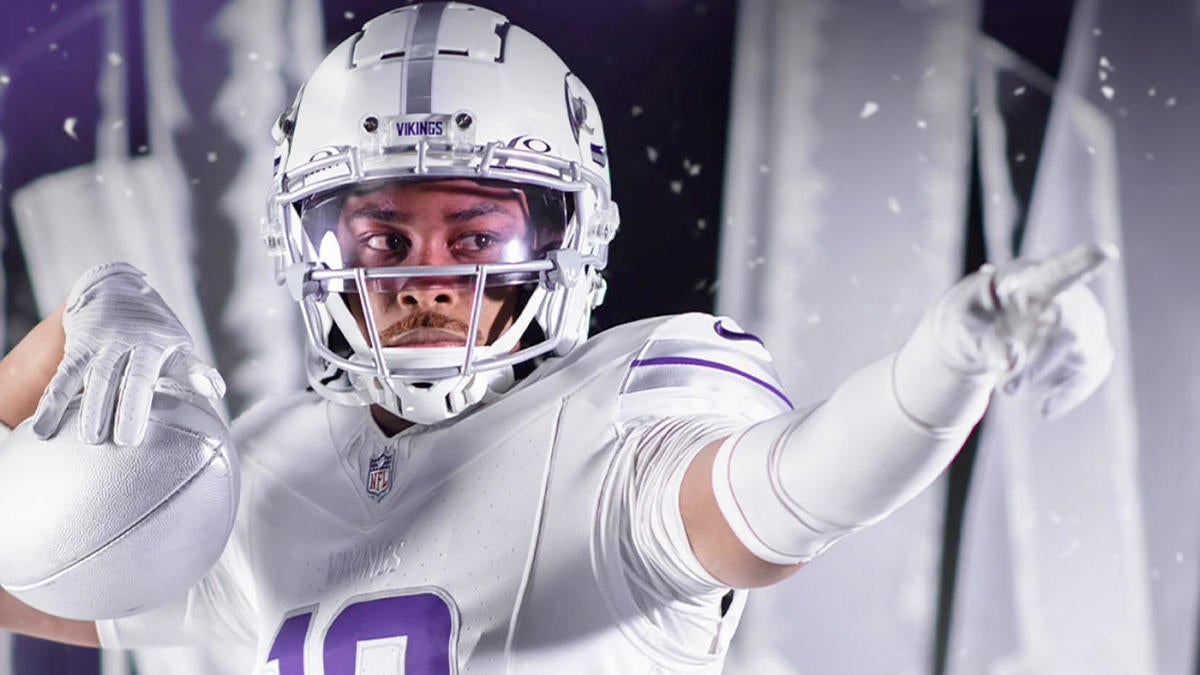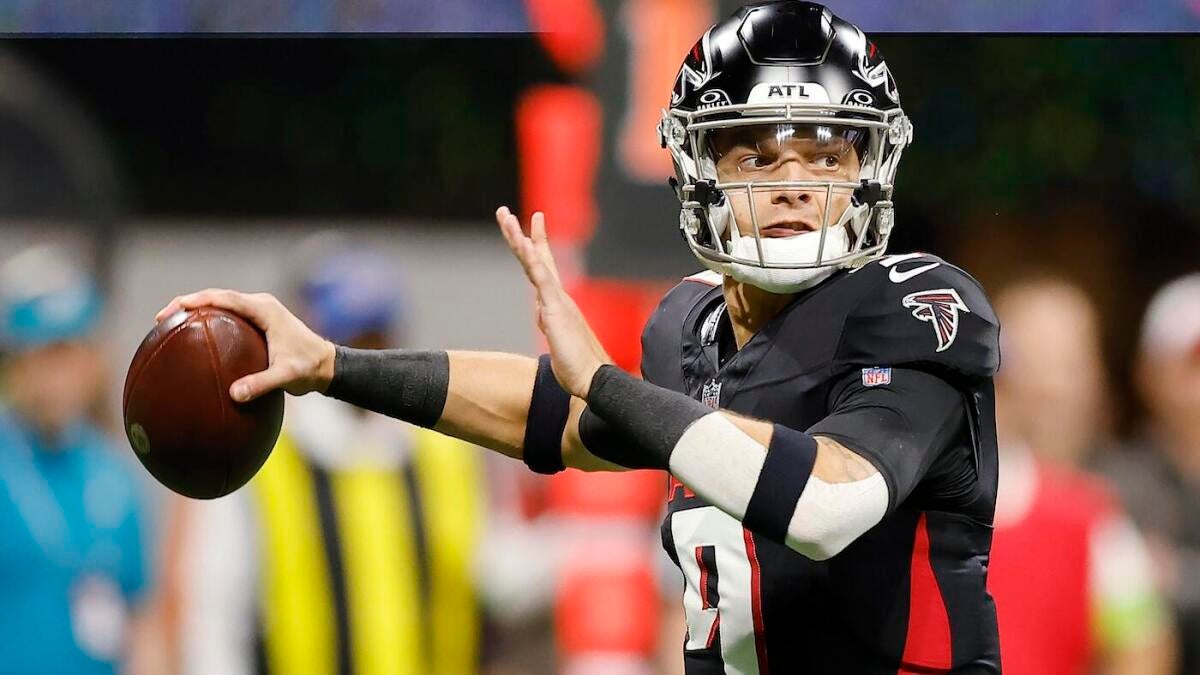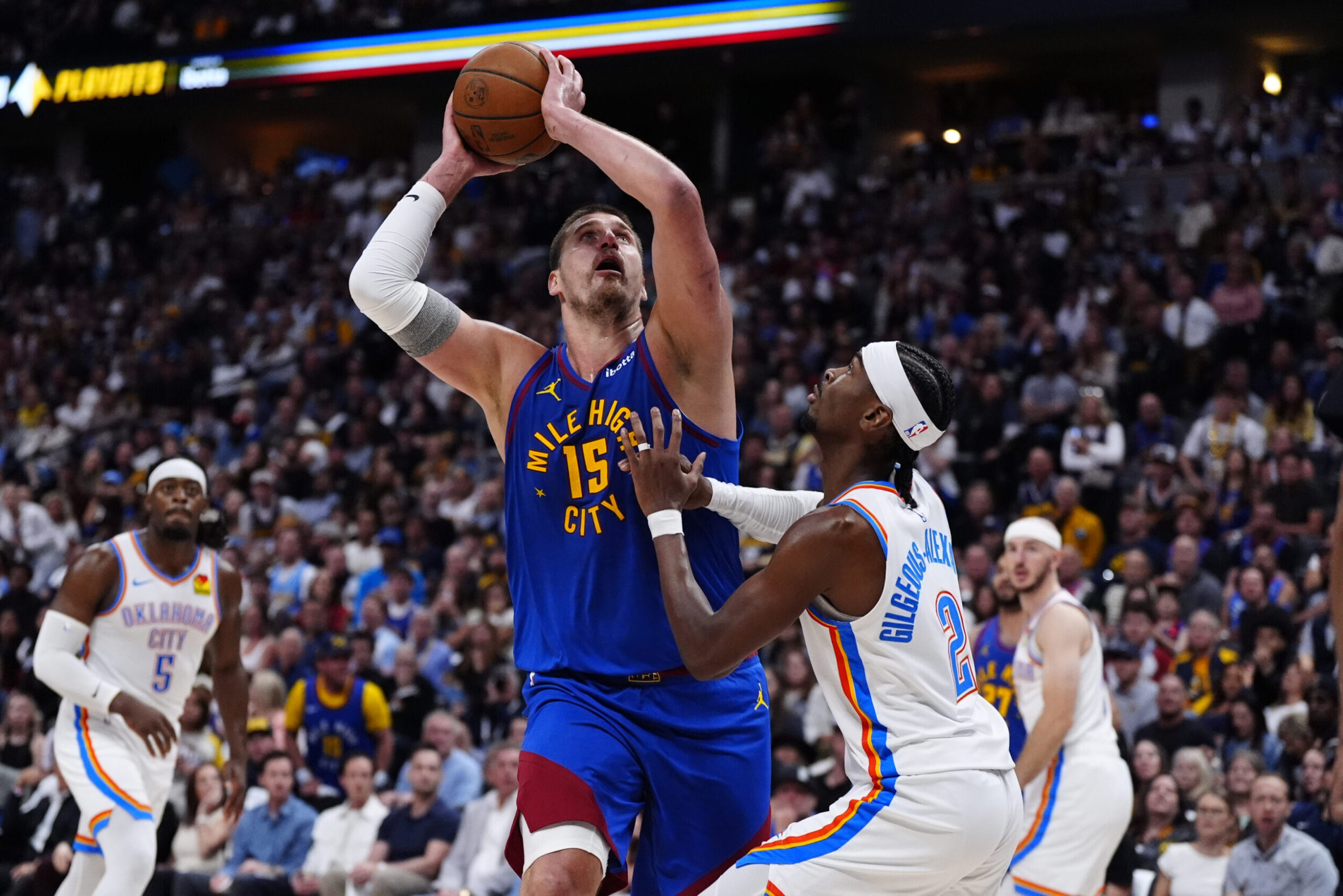
The pick-and-roll is when one player blocks a defender, then runs toward the basket. The player with the ball uses that block to get space and make a play. This forces defenders to make quick choices. From high school courts to the NBA Finals, you see this move everywhere.
The Classic Pick-and-Roll: Easy but Deadly
At its core, the traditional pick-and-roll has two parts. A big player blocks the defender. Then, they run toward the basket. The player with the ball moves into the open space at the same time.
This move forces defenders to either switch, help, or stay with their man. None of those are easy when done right. Before you get into the different styles of pick and roll, check out the latest bookmaker odds on basketball, and hope you make a smarter bet.
Different Styles of Pick-and-Roll
Even though the name sounds simple, you pick it and you roll, but in fact, there are some variations, and coaches love to mix things up.
- Side pick-and-roll – Run near the sideline; opens up midrange or corner shots
- High pick-and-roll – Starts near half-court; gives players more room to attack
- Spread pick-and-roll – Shooters stay wide, keeping defenders out of the paint
- Double pick-and-roll -Two screens instead of one; causes extra confusion
Each version presents defenders with unique challenges.
A Personal Take
If you’ve ever played pickup ball, you know how annoying a solid pick can be. One second you’re guarding tight, the next, boom, a screen slams you, and your man is gone. That’s the power of this simple play. And when it’s run well? It feels impossible to stop.
Switching: Risky but Versatile
Switching is simple in theory: defenders swap their marks after the screen. This keeps pressure on the ball. But it can lead to mismatches. Imagine a slow center guarding a speedy point guard. That’s trouble.
When Defense Gets Messy
Picture this. A pick comes. The guard tries to go over. The big man drops back. Both players shout at each other. Neither knows who’s guarding whom. Meanwhile, the offense gets a simple shot. That’s what happens when the pick-and-roll works.
Drop Coverage: Safe, But Not Perfect
In drop coverage, the defender guarding the screener stays low. This protects the rim. It works great against slashers. But it can give up open mid-range shots or pull-up threes.
Think of how Milwaukee uses it with Brook Lopez. He drops deep, staying between the basket and the roll-man. The key is having smart guards who can fight over screens.
The Role of Communication in Defense
No defensive plan works without talking. Players need to yell out screens, switches, and coverage. One missed call can cost points. The best defenses aren’t always the most athletic. They’re the most connected.
Ice the Pick-and-Roll: Sideline Strategy
When teams “ice” the pick-and-roll, they force the ball-handler away from the screen. It’s like saying, “We know what you’re trying. You’re not getting it.” This strategy is particularly effective near the sidelines and works best against quick defenders and those with long arms.
By taking away the screen, the defense disrupts the flow of the play. It’s sneaky but smart.
The Analyst’s Angle
When watching a film, you’ll notice how small mistakes snowball. One bad angle, one late hedge, and the whole defense collapses. That’s why coaches spend hours breaking down pick-and-roll film. It’s not just about effort, it’s about precision.
NBA Examples That Stand Out
- Chris Paul: A master of mid-range shots out of pick-and-rolls
- Nikola Jokić: Turns the roll into a passing clinic
- Stephen Curry: Uses screens to create space for deadly threes
- Rudy Gobert: Sets hard picks and rolls fast for lobs
Each of these stars makes teams adjust their defensive plans.
Pick-and-Pop Variation
In a pick-and-pop, the screener steps away and takes a jump shot instead of going to the basket. Think of Kevin Love or Al Horford. This variation punishes defenders who collapse toward the basket.
If a big man can shoot, defenders must choose: help inside or cover the popper. Often, they pick the wrong one.
Zone Defense vs. Pick-and-Roll
Some teams use zone defense to avoid pick-and-roll headaches. Zones can crowd the middle and make screens less effective. However, zones have their weaknesses, especially around the three-point line. Good offenses will always find the gaps.
Go to Source
Author: Team Dunkest
July 22, 2025 | 5:46 am
